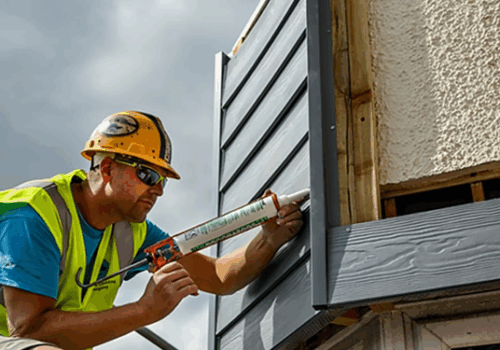Top Trends in Distribution Center Architecture for 2024
As the logistics and supply chain industries evolve, the architecture of distribution centers must adapt to new demands. In 2024, several trends are shaping the future of these crucial facilities. Here’s a closer look at the top trends in distribution center architecture.
Sustainable Design
Emphasis on Green Building Practices
One of the most significant trends in distribution center architect Stendel + Reich is the emphasis on sustainability. Architects are increasingly incorporating green building practices to reduce the environmental impact of these large structures. This includes the use of energy-efficient systems, solar panels, and sustainable materials. The goal is to achieve certifications such as LEED (Leadership in Energy and Environmental Design), which signify that a building is environmentally responsible and resource-efficient.
Automation and Technology Integration
Advanced Robotics and AI
The integration of advanced technology is another trend transforming distribution centers. Automation and robotics are now essential components, enhancing efficiency and reducing labor costs. Automated Guided Vehicles (AGVs) and Autonomous Mobile Robots (AMRs) are becoming common features, handling tasks such as sorting, picking, and transporting goods within the center. Artificial intelligence (AI) is also being used to optimize operations, predict maintenance needs, and improve inventory management.
Flexible and Adaptable Spaces
Modular Design for Scalability
Flexibility is key in modern distribution center architect Stendel + Reich. As market demands fluctuate, the ability to quickly adapt and reconfigure space is crucial. Modular design allows for scalable solutions that can grow with the business. This trend ensures that distribution centers can accommodate a variety of functions and easily incorporate new technologies as they become available.
Enhanced Worker Safety and Comfort
Ergonomic Design and Health Initiatives
Worker safety and comfort are becoming increasingly important in the design of distribution centers. Ergonomic design principles are being applied to reduce the risk of injury and improve overall productivity. This includes better lighting, climate control, and the implementation of health and wellness programs. Creating a safer and more comfortable working environment not only boosts employee morale but also enhances operational efficiency.
Strategic Location and Connectivity
Proximity to Urban Centers and Transport Hubs
Location remains a critical factor in the architecture of distribution centers. Strategic placement near urban centers and major transport hubs reduces transportation costs and delivery times. This trend emphasizes the need for architects to collaborate closely with urban planners and logistics experts to select optimal sites for new facilities.
The Role of Stendel + Reich
Expertise in Modern Distribution Center Design
In the realm of distribution center architecture, firms like Stendel + Reich are leading the way. Known for their innovative designs and commitment to sustainability, Stendel + Reich have been instrumental in shaping some of the most efficient and advanced distribution centers. Their expertise ensures that new facilities not only meet current demands but are also future-proofed for the evolving logistics landscape.
As we move into 2024, the architecture of distribution centers will continue to evolve, driven by trends in sustainability, technology, flexibility, worker safety, and strategic location. With firms like Stendel + Reich at the forefront, the future of distribution center architecture looks promising, ready to meet the challenges of a dynamic and ever-changing industry.




